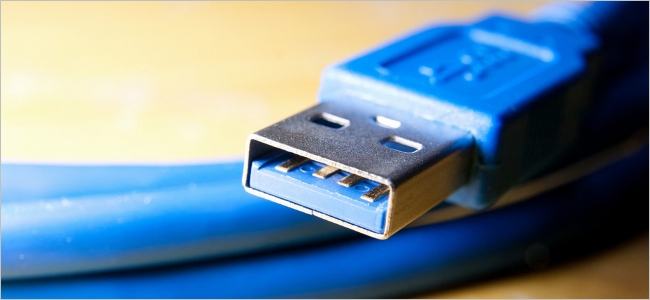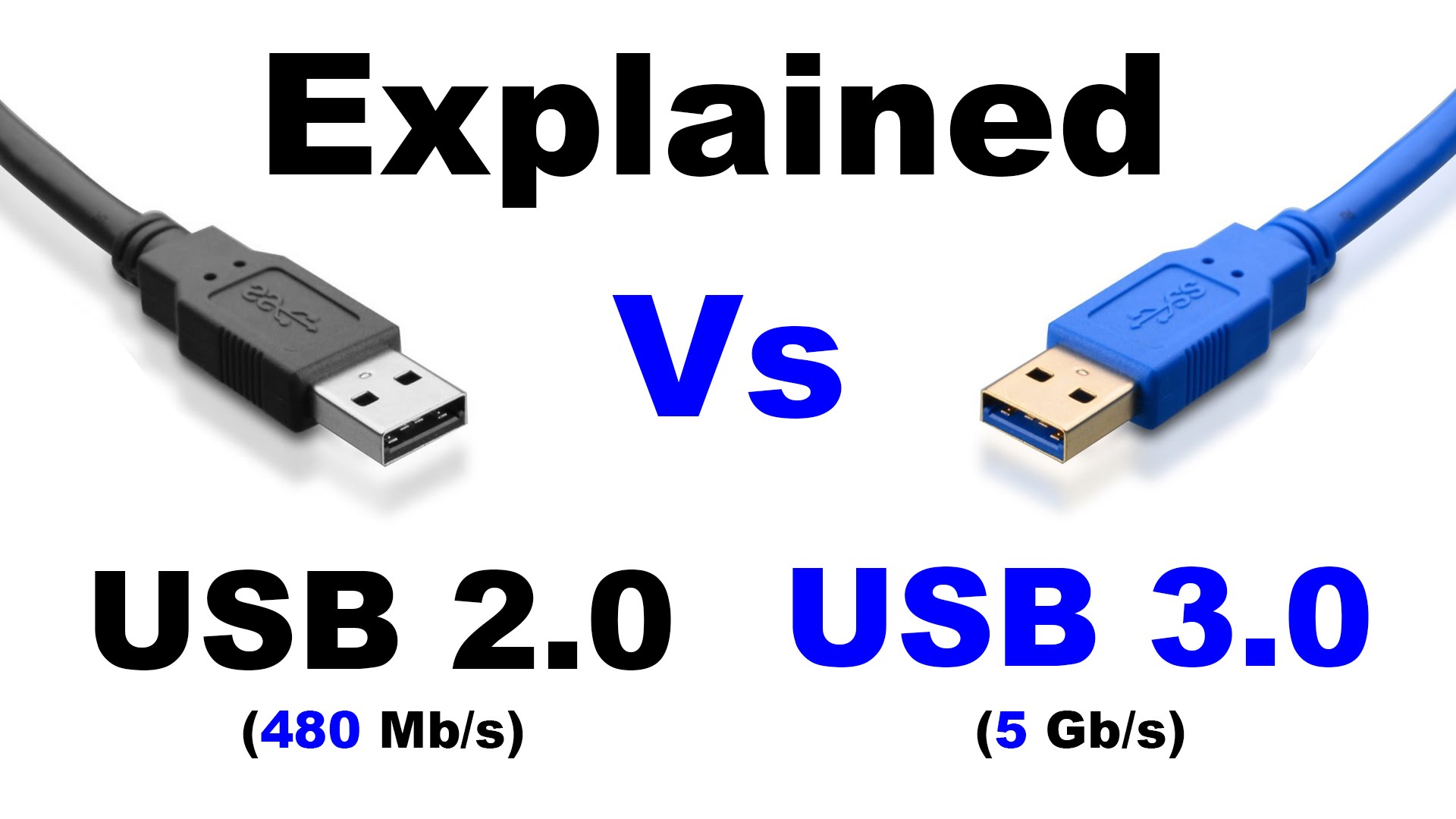

It’s called DAS - desktop-attached storage. SPI, I☬, and USB are different (and in the case of USB very long) stories. 4.USB provides power while Ethernet does not.

3.USB has a much shorter range than Ethernet. It’s not called a NAS when it’s directly connected to a computer with USB or Thunderbolt. Stack Exchange network consists of 181 Q&A communities including Stack Overflow, the largest, most trusted online community for developers to learn. Summary: 1.USB is an interface for connecting peripheral devices while Ethernet is an interface for networking. It’s in the name - network-attached storage. If that’s what you’re asking, technically nobody connects a NAS via anything but Ethernet. Universal Serial Bus (USB) is an industry standard that establishes specifications for cables, connectors and protocols for connection, communication and. If you choose not to do backups to a NAS, you don’t need a Plex server, and you have no other NAS-type needs, then either get some USB3 drives for your PC (and keep them backed up, and remember RAID is not backup), or get a DAS unit that can RAID a bunch of drives but connects via USB3 and/or Thunderbolt. So the idea of what you can and can’t do over Ethernet is sort of a moving target. But if you were editing 480i video you might be able to get away with a FreeNAS box on a 1Gbps network. If I need faster storage external to my computer, I will use a single USB3 disk and I’ll be sure to be backing it up to that NAS and elsewhere.įor example: You wouldn’t edit 60fps 4K video off a NAS and if you had to - say you’re a video production company - you would be purpose-building something for it, with a 10Gbit network and 15K drives or SSDs. There are a lot of things that fit this description backups, iTunes library, Plex Media Server. The rule of thumb I’ve always used is that a NAS is for stuff that isn’t a nuisance to access over the network link speed.


 0 kommentar(er)
0 kommentar(er)
